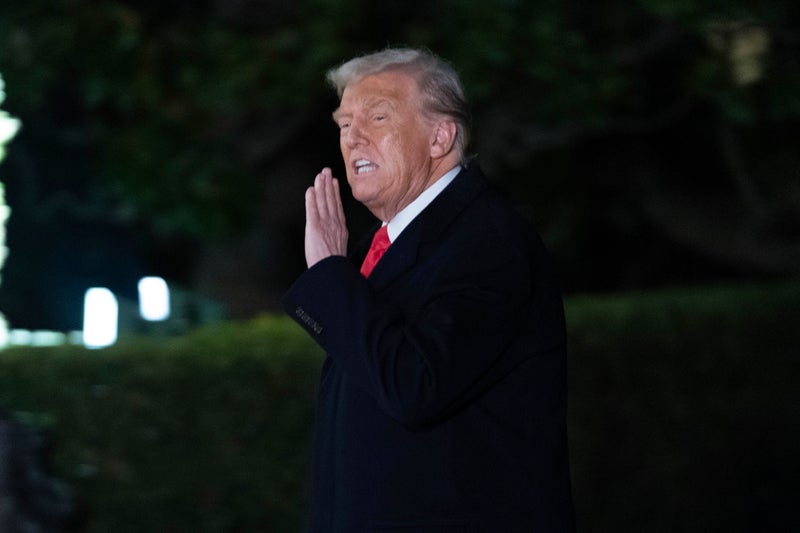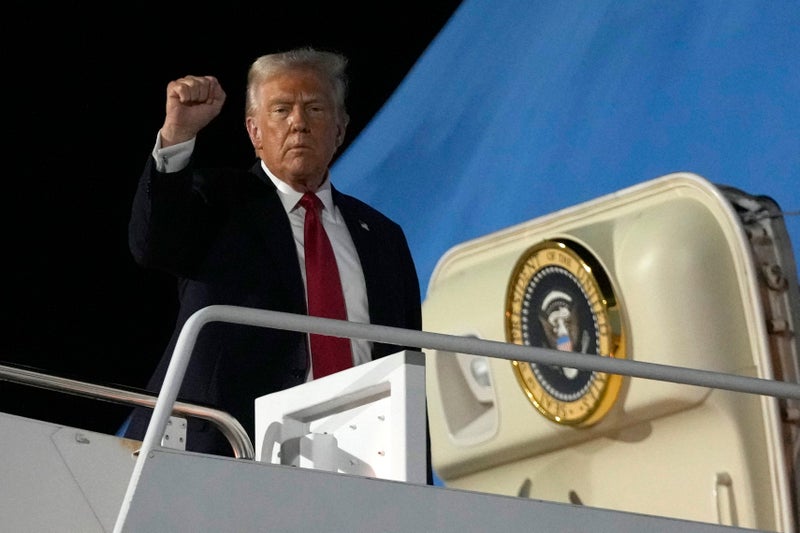The president said US would impose a 25% levy on metals being imported in to the country. In an Oval Office signing ceremony Monday, Donald Trump announced 25% tariffs on foreign steel and aluminum, to be enforced “without exceptions or exemptions”. The executive actions were the latest in a series of aggressive trade policies Trump has undertaken since re-taking office last month. Here’s what we know about the steel and aluminum tariffs so far:.
A tariff is a tax levied on foreign goods imported into a country. The US is currently the largest goods importer in the world – in 2022, the value of imported goods in the US totalled $3.2tn. Trump views tariffs as a way to apply pressure on US manufacturers and importers to produce goods domestically. But importers will probably push the cost of tariffs on to consumers, causing prices to rise. Trump’s announced 25% tariffs will apply to all imported steel and aluminum. The action – which will go into effect on 4 March – ends exemptions granted to certain countries and increases the duty rate on both metals to 25% (the duty on aluminum was previously 10%).
The tariffs will affect every country that exports steel and aluminum to the US – although some, including Australia, have already been making the case for why they should be exempt. But those countries that sell the most steel and aluminum to the US are likely to be the hardest hit. Trump later said he would give “great consideration” to Australia’s request for an exemption to the steel tariffs due to that country’s trade deficit with the US.
About a quarter of steel used in the US is from overseas, with Canada, Brazil and Mexico as the top providers, followed by South Korea and Vietnam. Mexico and Canada accounted for about 40% of US steel imports last year. And nearly half of the aluminum used in the US is imported. Canada is the largest supplier of primary aluminum metal to the US by a large margin, accounting for 79% of total imports up to November 2024. Mexico is another major supplier, largely of aluminum scrap and aluminum alloy.
Trump’s decision to impose the tariff has alarmed the steel industry in South Korea, the fourth-biggest exporter of steel to the US after Canada, Brazil and Mexico. The country’s acting president, Choi Sang-mok, this week called in top government officials to discuss the potential impact the move will have on Asia’s fourth-biggest economy, and well as possible responses, the Yonhap news agency reported.
An official from Posco, South Korea’s leading steelmaker, said the firm was keeping a close watch on the tariff’s impact. “South Korea already operates under a strict quota system, so there is a chance that the full 25% tariff Trump announced would only apply to non-quota countries,” the official told the Korea Herald. “Since no final decision has been made, we have no choice but to wait and carefully evaluate the situation.”.
South Korea’s aluminum industry is also holding its breath. Exports of aluminum foil to the US account for almost a third of the country’s aluminum shipments. Meanwhile, Canada’s industry minister said the US tariffs were “totally unjustified”, with Canadian steel and aluminum supporting key US industries including defense, shipbuilding, energy and autos. “This is making North America more competitive and secure,” Francois-Philippe Champagne said in a statement. “We are consulting with our international partners as we examine the details. Our response will be clear and calibrated.”.
Asked about threats of retaliation by other countries against his new tariffs Monday, Trump said: “I don’t mind.”. Before entering office, Trump threatened tariffs on the US’s three biggest trading partners: China, Mexico and Canada. After invoking those tariffs last week, Trump agreed to a one-month delay on 25% tariffs on Mexico and Canada, while going ahead with a 10% tariff on China. On Monday, Trump said he would announce plans to impose “reciprocal” tariffs on countries that have duties on US goods over the next two days. He also raised the prospect of future US tariffs on cars, semiconductor chips and pharmaceuticals from markets across the world.






















